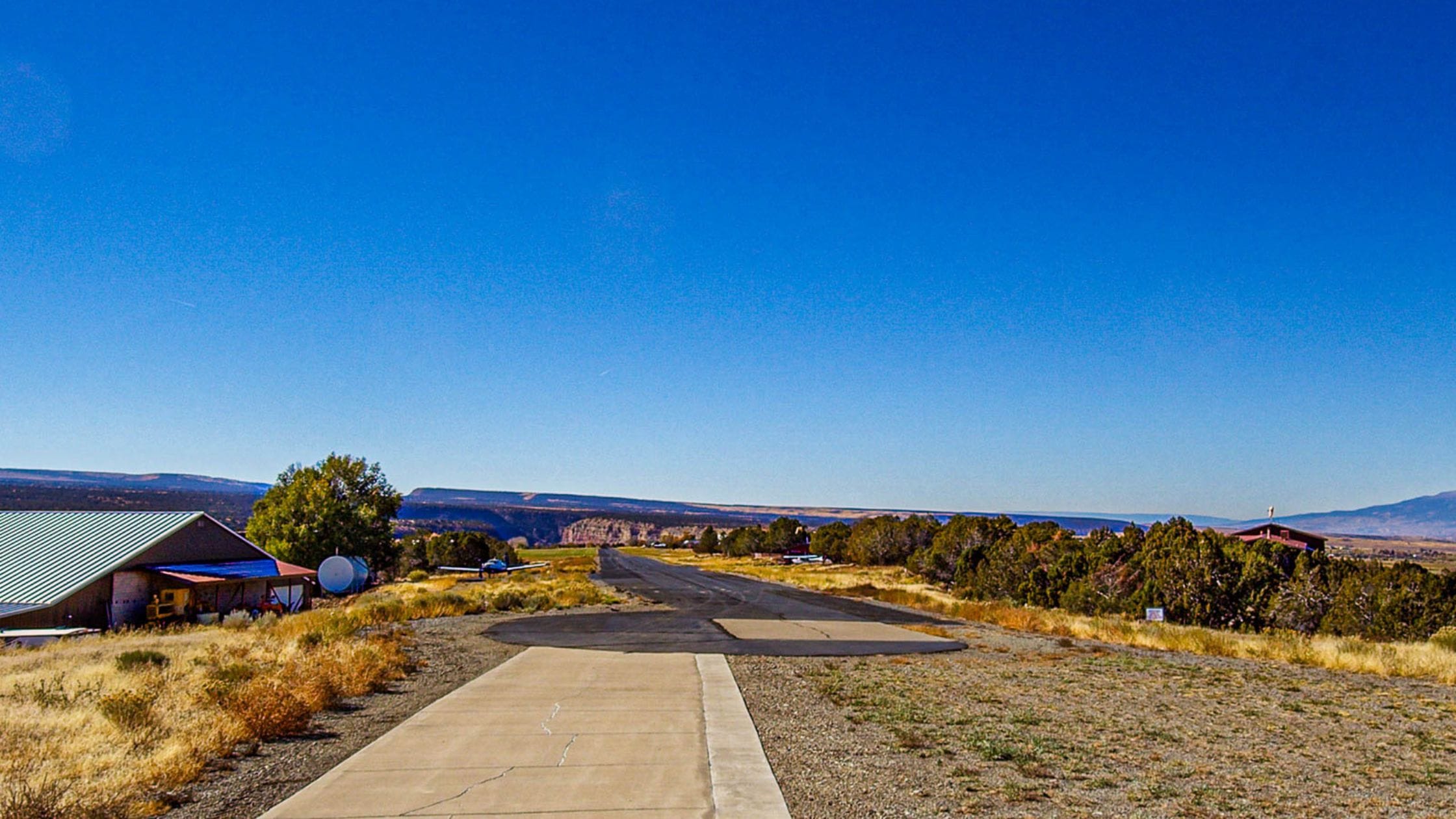This content has moved to a new destination. CLICK HERE to read the full blog post on the Western Land & Lifestyle Properties website.

This content has moved to a new destination. CLICK HERE to read the full blog post on the Western Land & Lifestyle Properties website.
© 2023 Colorado Country Broker LLC | All Rights Reserved